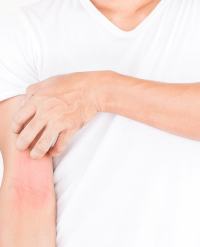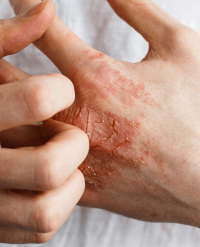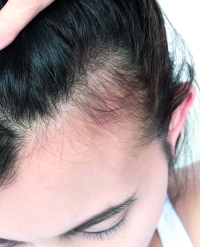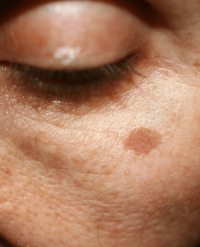
Advice cards
Refine search

- Eczema
How to care daily for your atopic skin?
Atopic eczema is a chronic skin disease characterized by flare-ups with red and itchy plaques. Skin is drier, more fragile and no longer properly plays its role as a protective barrier. It is therefore hypersensitive to its environment and inflames very quickly on contact with allergens or irritating substances. A few simple habits can improve the condition of your skin and limit the number of flare-ups.

- Eczema
How to reconcile chronic hand eczema and work life?
Hand eczema is a chronic skin disease characterized by inflammatory flare-ups with the appearance of red plaques alternated with calmer periods, during which skin becomes drier and sometimes cracked. Pain and itching often accompany these symptoms and can be a real handicap in daily life, especially at work. Whether caused by repeated contact with allergenic substances (nickel, chrome, dyes, perfumes, etc.) and/or irritants (chemical products, friction, humid environments, etc.), solutions exist for preventing, relieving and living better with hand eczema at work.

- Reactive alopecia
How to care for your hair when you suffer from acute hair loss?
Hair is born in the scalp’s hair follicles. These follicles have a cyclical life rhythm, with alternating phases of hair growth (from 3 to 6 years) and phases of hair loss (from 2 to 3 months). Follicles will not necessarily be at the same stage in this cycle as neighboring follicles, which is why daily hair loss is normal. Certain factors can have a negative influence on the hair life cycle and abruptly stop the growth phase. Acute hair loss is when the number of strands of hair lost per day temporarily increases. This hair loss is reversible, but it is important to adopt a few habits to avoid making it worse and to keep your hair healthy.

- Acne
- Pediatrics
What do you need to know about acne?
Acne is a skin condition that appears at puberty when hormones are running amok. It is very common, affecting 8 out of every 10 teenagers, both girls and boys. Acne is characterized by onset of blackheads, whiteheads and/or red spots, even cysts, on the face and sometimes on the chest and back. Its main complication is the risk of scarring, which can be permanent. It is difficult to hide and can also cause embarrassment and self-esteem issues for some people. Simple, practical, easy to implement advice can help you live better with acne.

- Hyperpigmentation
Learn more about brown spots
Brown spots, also called hyperpigmentation, are caused by the excess production of melanin, the brown pigment naturally present in skin. Sun rays, and other factors such as hormonal changes, aging and skin inflammation, disturb melanin production in the areas of our body most exposed, for example the face, neck, décolleté and backs of the hands. This causes brown spots to develop. They are generally harmless and can be improved by following a few simple rules. But it’s important to check them regularly for any changes, to detect any suspicious lesions as rapidly as possible.